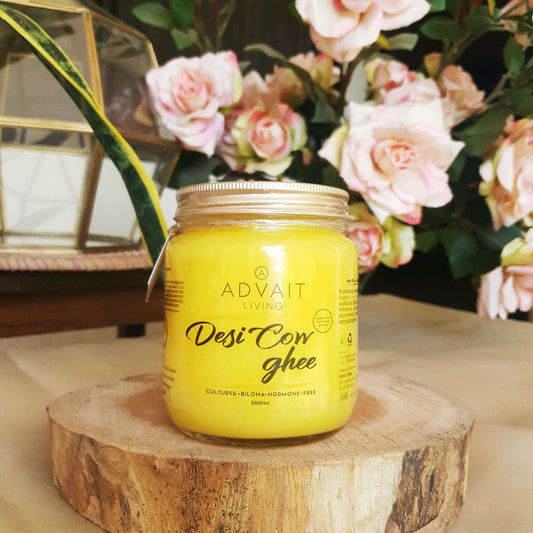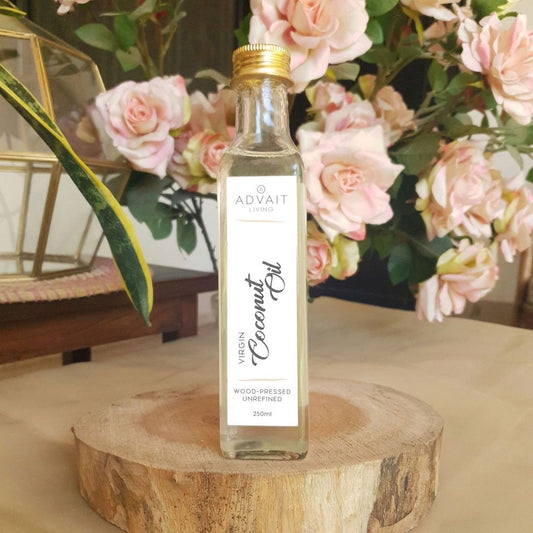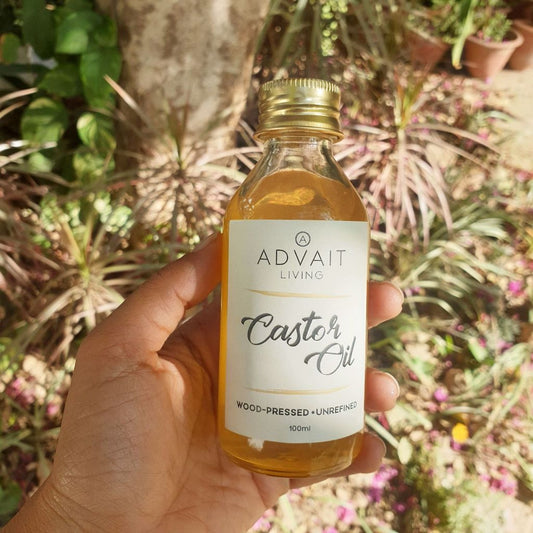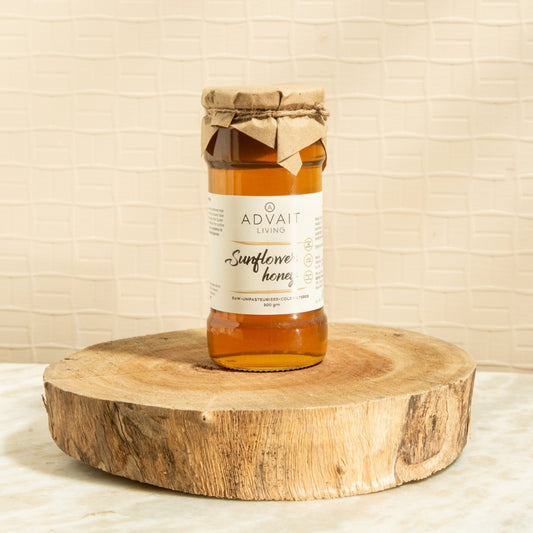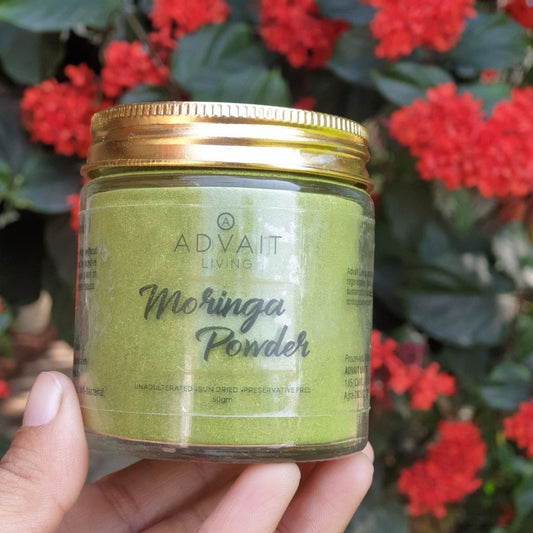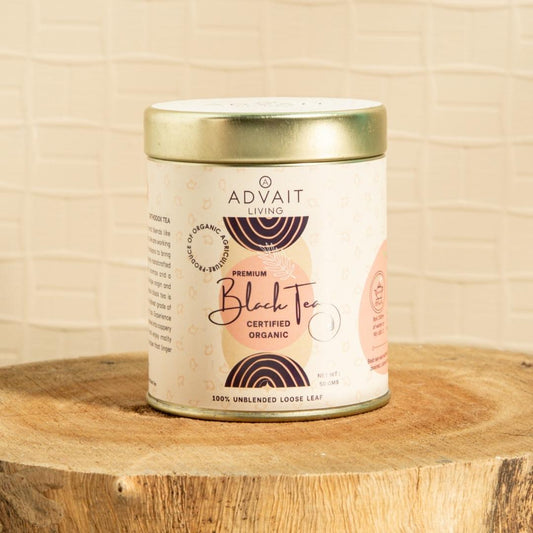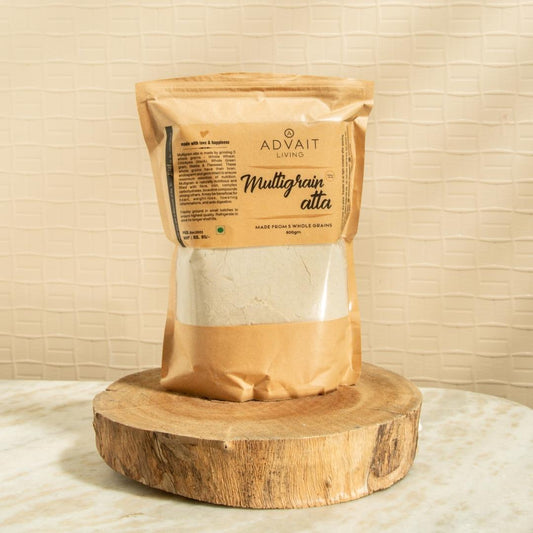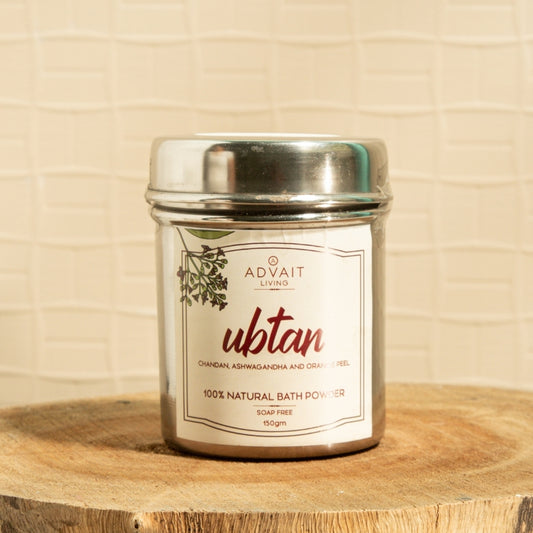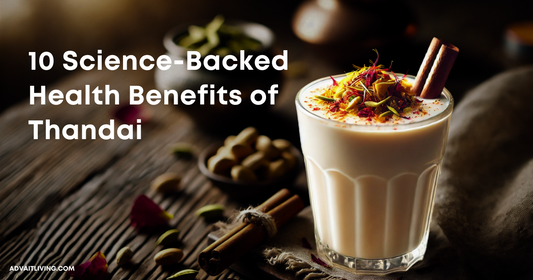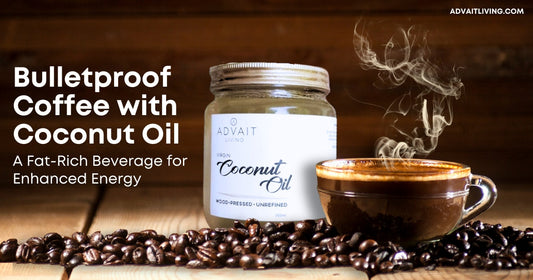When I think of food, I don’t just think of what’s on my plate. I think of the journey it took to get there. The soil it grew in, the hands that harvested it and the care with which it was prepared. For centuries, food was never just “fuel.” It was life, medicine and culture, grown and prepared using methods that honoured the earth and our bodies.
Somewhere along the way, we lost this intimate connection. Our food system is dominated by factories, machines and laboratories. Grains are stripped of their husks, oils are refined with chemicals, and fruits are coated with wax to ensure they survive on supermarket shelves. Nutrients are lost at every step, only to be “fortified” later with synthetic vitamins and minerals. But here’s the truth: no lab-made additive can ever replace the complex, bioavailable nutrition that nature gives us in its original form.
I believe it is time we return to what our ancestors always knew: food is at its best when it is closest to nature, handled gently, and processed only as much as needed to make it wholesome, digestible, and sustainable.
Food as Living Heritage
Every community in the world has its own food traditions, from harvesting to cooking. To me, eating minimally processed food is not just about nutrition. It’s about keeping these traditions alive. It’s about preserving the wisdom of our ancestors, their deep understanding of soil, seasons, and sustenance. And in doing so, we gift future generations recipes along with a sense of belonging.
For example, think of rice. Our ancestors hand-pounded it, carefully removing the husk but retaining the precious bran and germ. That simple act preserved the fibre, vitamins and minerals. Everything our bodies need to digest it properly. Or consider oils. Instead of high-heat refining that destroys antioxidants, communities relied on cold pressing, extracting pure, nutrient-rich oils from seeds and nuts. These traditional methods may seem “slow” by today’s standards, but they were designed for balance, not speed.
Flavour, Integrity and Balance
Traditional processing honours food in its truest form. It is not about clinging to the past. It’s about recognising the brilliance of practices that worked in harmony with nature. Stone-ground spices, sun-dried pickles, and naturally fermented batters preserve nutrients and their integrity. They allow food to carry its own story.
In contrast, factory-processed food is built for consistency, not character. It’s why the same packet of biscuits will taste identical whether you open it in January or June. But real food is alive. I find this aliveness in real food deeply nourishing. Its flavour shifts with the rains, the soil, the sunshine.
Rice from one harvest will have a slightly different aroma from the next, and that subtlety is what makes it nourishing—not just to the body but to the senses. It is not about uniformity; it is about character. Every grain of rice, every jar of pickle, every spoon of cold-pressed oil is unique, and that uniqueness is what makes it wholesome.
Supporting Farmers, Not Factories
Minimal and traditional processing is inseparable from farmers. When we choose them, we are choosing the farming communities that care for their soil and their crops over industrialised foods. We support systems that work with nature, not against it. Industrial food processing demands monocultures, additives, chemicals, and long transportation chains.
Traditional methods, on the other hand, are inherently sustainable. Take hand-pounded grains, for example. They require fewer resources, create less waste, and encourage crop diversity. Cold-pressed oils, sun-dried pickles, and naturally fermented batters, all of these processes are low-energy, low-impact, and deeply aligned with ecological balance.
Eating this way nourishes both us and the planet. And we ensure that small farmers remain at the heart of our food system.
Eating in Rhythm with Nature
One of the most beautiful gifts of traditional processing is that it keeps us aligned with seasons. Our ancestors ate sesame and jaggery in winter for warmth, fresh greens in spring for vitality, and mangoes in summer for cooling. Processing was used sparingly to preserve what was abundant for leaner times. Today, we eat strawberries in December and apples in April, trucked across continents and coated with preservatives. But our bodies, like the soil, have seasons.
Now, when I choose seasonal, minimally processed foods, I feel my body respond. My digestion, immunity, and energy fall into rhythm with nature’s cycles. It is a quiet but powerful reminder that our bodies are not separate from the seasons but a part of them.
Perils of Modern Processing Techniques
Every extra step in modern food processing, like bleaching, refining, hydrogenating, and flavour-enhancing, takes us further away from what our bodies instinctively recognise as food. A whole grain becomes polished starch. A seed becomes a flavourless refined oil. A fruit becomes concentrated syrup.
The food industry then tries to “fix” what it stripped away by adding synthetic nutrients, creating artificially fortified products. But here’s the question we rarely ask: are these nutrients truly absorbed by our bodies? Bioavailability, that is, the body’s ability to actually use nutrients, cannot be replicated in a lab. Nature packages nutrients in ways that are synergistic, interconnected and designed for absorption. When we replace that with synthetic versions, we gamble with our health.
Choosing What is Real
To me, real food doesn’t need fortification or labels that say “enriched.” A guava doesn’t need extra vitamin C. Cold-pressed sesame oil doesn’t need artificial antioxidants. Nuts don’t need added protein. Nature already provides food in a form that is complete, bioavailable, and deeply nourishing.
Recently, bioengineered and lab-made foods have been hailed as the “future of nutrition.” But are they really? Beyond the glossy promises, there are serious concerns. These foods disrupt not just our natural food cycle but also our agricultural supply chain. Instead of strengthening farmers and soil, they strengthen factories and patents. Instead of nourishing us, they create foods that our bodies may not even recognise as “real.”
Can we truly digest something that has been synthesised in a lab to mimic food? And even if we can, does it provide long-term nourishment or just calories that keep us alive without making us thrive?
Real food comes from real soil, in a real biosphere, nurtured by rain, sunlight and time. It doesn’t need a label that says “fortified” or “enriched” because it is already whole. Every time I choose real food—minimally processed or unprocessed, I am trusting in the intelligence of nature. I am saying yes to authenticity, yes to wisdom that has stood the test of time, and yes to nourishment that is alive.
A Future Rooted in the Past
Shifting to minimally and traditionally processed foods is not about rejecting progress or modernity, but about remembering what is timeless. It’s about integrating wisdom that has stood the test of time with the choices we make today. It’s about realising that real progress means intact nutrition and cultures that are preserved. And above all that, it's about building a food culture that values vitality over convenience, sustainability over uniformity, and authenticity over imitation.
As I see it, every meal we prepare is an opportunity to choose. Do we choose food that is stripped and altered to look identical everywhere? Or do we choose food that carries the flavour of the soil, the season, and the hands that made it?
For me, the answer is simple. Go back to what has always been real. Because in food, as in life, authenticity will always matter more than convenience.
What's the way forward?
The way forward is not in creating food that looks increasingly futuristic, but in returning to what is timeless and real. To food that is grown, not engineered. To grains that are pounded, not polished. To oils that are pressed, not refined. To meals that are alive with nutrients, not synthetic imitations.
The more we simplify our food, the more we reconnect with its essence and our own. Because at the end of the day, food is not just about survival. It is about vitality, joy and the continuity of life itself.
So the next time you eat, ask yourself: Is this food real? Is it part of a cycle that nurtures both the earth and my body? If the answer is yes, then you’re already part of the shift towards nourishment that is as old as time and as essential as the future.
Meenakshi Kishore,
Founder, Advait Living Farms







